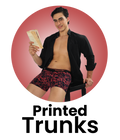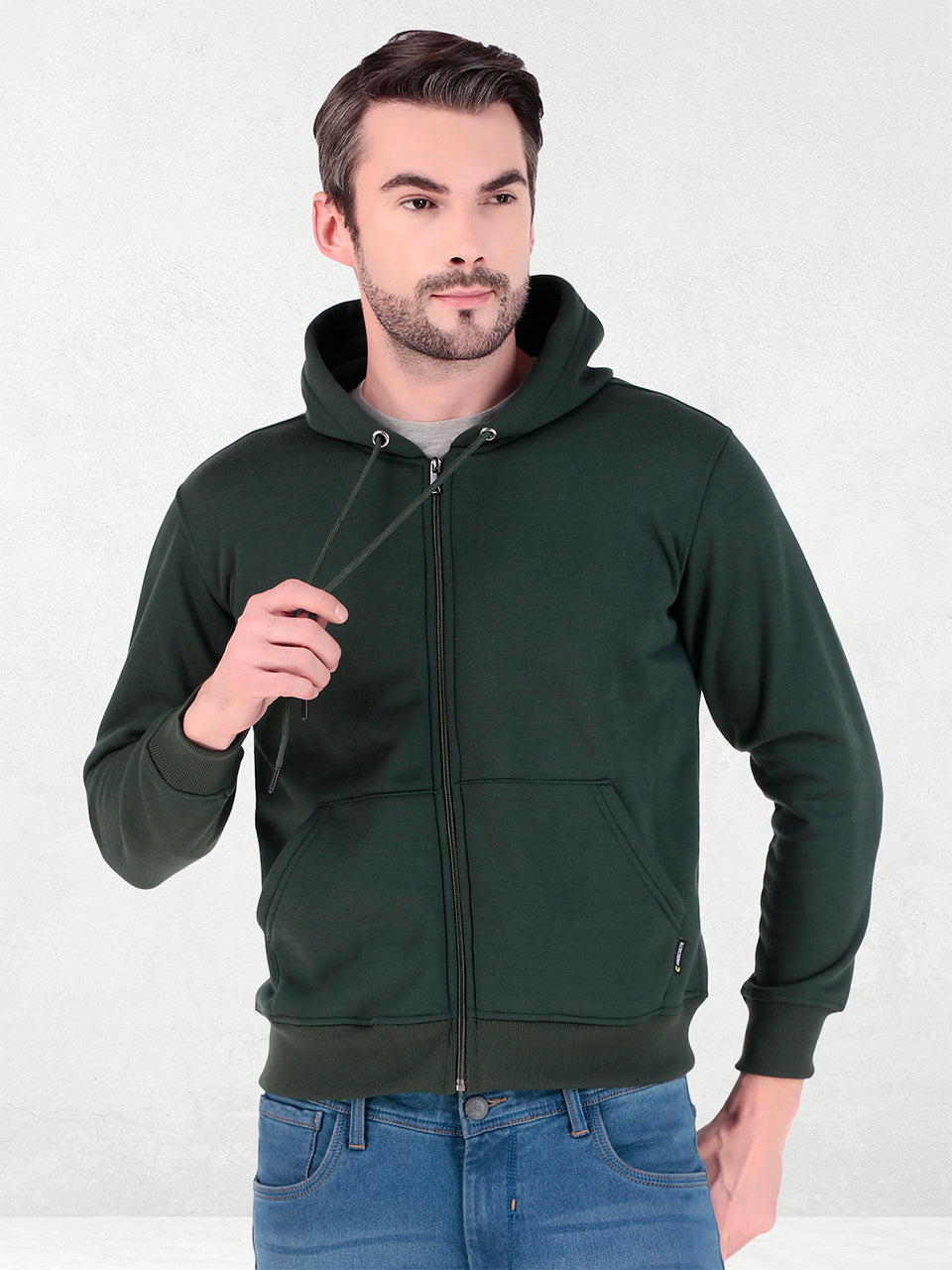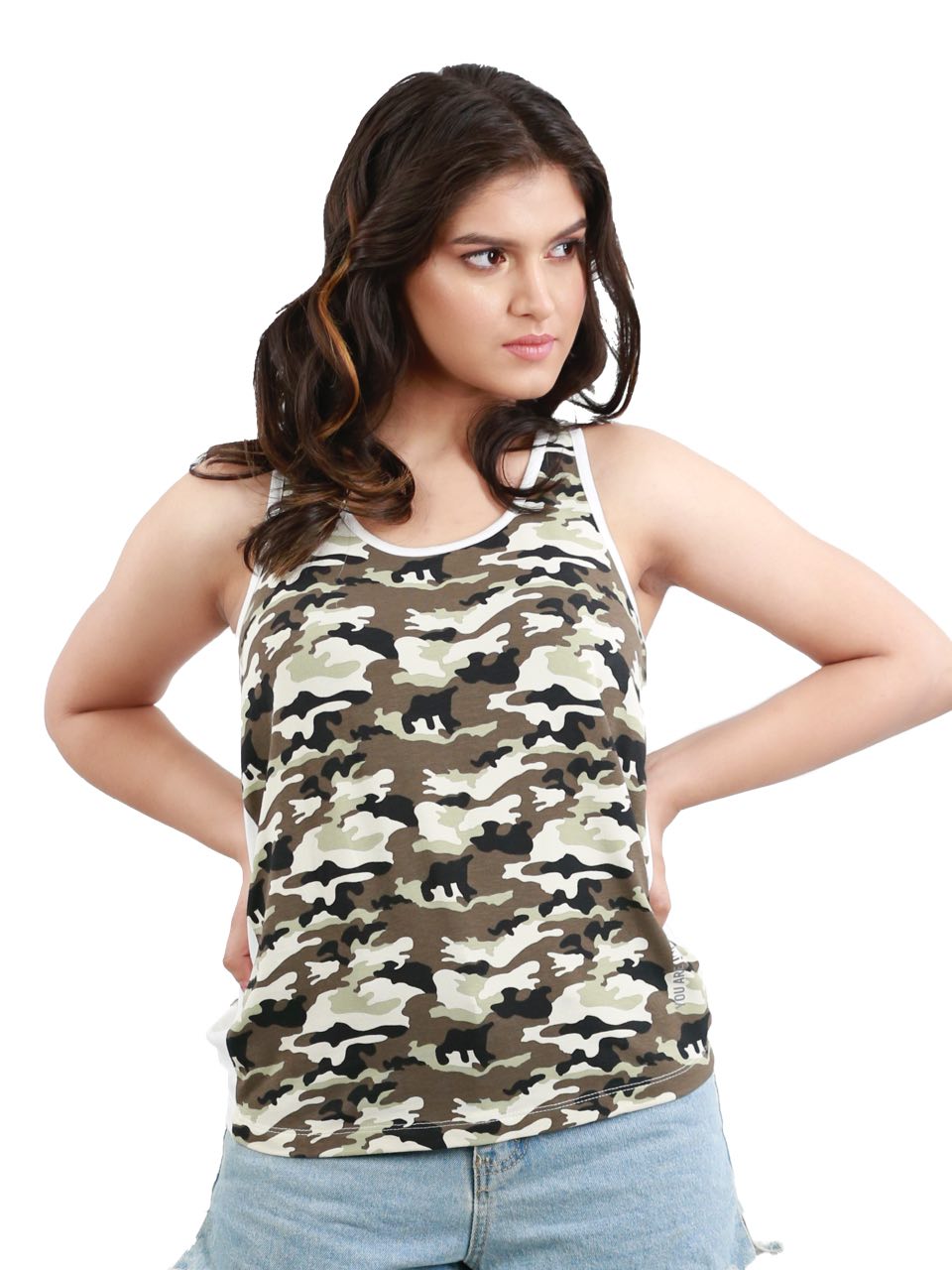Projecting professionalism and exuding confidence begins long before a handshake, often with the strategic choice of formal clothes for men. The contemporary professional demands more than mere aesthetics; today's sartorial landscape emphasizes advanced textile engineering, integrating breathable, wrinkle-resistant fabrics into impeccably tailored suits and shirts. This evolution moves beyond stiff, restrictive garments, focusing on dynamic comfort and enduring reliability, crucial for navigating demanding schedules. Brands pioneering this shift deliver not just style. a seamless fusion of performance and elegance, ensuring that every piece contributes to an unshakeered presence and a sharp, modern silhouette, reflecting a deeper understanding of executive presence.

Understanding Formal Wear: More Than Just a Suit
Hey there! Ever wondered why some outfits just scream "I mean business" while others... well, don't? It all comes down to the magic of formal clothes for men. It's not just about throwing on a suit; it's about understanding a whole language of style that projects professionalism, earns respect. frankly, makes you feel like you can conquer the world. Think of formal wear as your secret weapon in your personal and professional arsenal.
So, what exactly are we talking about when we say "formal clothes for men"? Generally, it refers to attire that’s considered appropriate for professional settings, significant events, or occasions where a high standard of dress is expected. This isn't your casual Friday jeans and a t-shirt. We're stepping up to a level of sartorial elegance that speaks volumes before you even utter a word. It's about sharp lines, quality fabrics. a meticulous attention to detail that sets you apart.
The Psychology Behind Polished Attire: Why It Works
Have you ever noticed how you feel when you're dressed impeccably? There's a certain swagger, isn't there? That's not just in your head; it's a real psychological effect. When you invest in quality formal clothes for men, you're not just buying fabric; you're buying confidence. Here’s why it’s a game-changer:
- First Impressions Are Everything: Imagine walking into a job interview or an vital client meeting. Your clothes are the first thing people notice. A well-dressed man conveys preparedness, attention to detail. respect for the occasion. It instantly establishes credibility.
- The Power of Self-Perception: When you look good, you feel good. This isn't just a common phrase; it's a truth. Dressing formally can actually alter your posture, how you carry yourself. even how you speak. It boosts your self-esteem, making you more assertive and articulate. I remember once having a big presentation. I felt a bit nervous. But the moment I put on my crisp, tailored suit, I felt a surge of confidence. It was like I was stepping into a different persona, ready to own the room.
- Respect and Authority: Unfortunately, we live in a world where appearances matter. Formal attire often signals authority, reliability. seriousness. People tend to treat you with more respect when you present yourself professionally. It shows you take yourself. your role, seriously.
- Mental Preparedness: The act of getting dressed in formal clothes can be a ritual that primes your mind for the tasks ahead. It separates your work persona from your casual self, helping you focus and perform better. It's like putting on your "game face."
Your Essential Formal Wardrobe Checklist
Building a solid foundation of formal clothes for men doesn't have to be overwhelming. Let's break down the key pieces you'll need in your arsenal:
-
The Suit: Your Power Armor
- Definition: A matching jacket and trousers, typically made from wool, tweed, or linen.
- Key Types: Two-piece (jacket and trousers) and three-piece (jacket, trousers. waistcoat/vest). Start with a classic navy or charcoal grey suit for maximum versatility. A black suit is great for formal evening events.
- Why It Matters: The cornerstone of any formal wardrobe. It's the ultimate statement of professionalism.
-
Dress Shirts: The Foundation
- Definition: Button-down shirts with a stiff collar, designed to be worn with a tie and suit.
- Key Features: Long sleeves, formal collars (spread, point, cutaway). often made from cotton. White and light blue are absolute must-haves.
- Real-World Tip: Always ensure your shirt cuffs extend slightly beyond your suit jacket sleeves (about half an inch).
-
Dress Trousers: The Tailored Bottom
- Definition: Well-fitted trousers, usually made from wool or a wool blend, designed to match a suit jacket or be worn as part of a smart-casual ensemble.
- Fit: Crucial! They should sit comfortably at your waist, with a clean break (a single fold) at the top of your shoes.
-
Ties and Pocket Squares: Your Personality Pop
- Definition: A tie is a neck accessory worn with a dress shirt. A pocket square is a decorative handkerchief folded and placed in the breast pocket of a suit jacket.
- Why They're crucial: These accessories allow you to inject personality and flair into your formal look. Learn basic knots like the Four-in-Hand or the Windsor.
-
Dress Shoes: The Groundwork of Your Look
- Definition: Formal footwear made of leather, typically Oxfords, Derbies, or Loafers.
- Must-Haves: Black leather Oxfords for the most formal occasions. a pair of brown leather Derbies or Loafers for versatility.
- Actionable Takeaway: Always keep your dress shoes polished and in good repair. Scuffed shoes can ruin an otherwise perfect outfit.
-
Belts: The Unsung Hero
- Definition: A leather belt worn with trousers.
- Rule of Thumb: Your belt should always match your shoes in color and material.
The Art of the Perfect Fit: Tailoring Your Success
You could be wearing the most expensive formal clothes for men. if they don't fit well, they'll look cheap. Fit is king! This is perhaps the single most crucial aspect of looking sharp. Here’s what to look for:
- Shoulders: The suit jacket's shoulder seam should end exactly where your natural shoulder ends. No overhang, no pulling.
- Jacket Length: The bottom of your jacket should cover your backside and end around the middle of your hand when your arms are relaxed at your sides.
- Sleeve Length: Your jacket sleeves should end just above your wrist bone, allowing about half an inch of your shirt cuff to show.
- Trouser Length: The trousers should have a slight "break" (a single crease) where they meet your shoes. No puddling around your ankles!
- Waist: Trousers should sit comfortably on your waist without needing a belt to hold them up (though you'll still wear one).
Personal Anecdote: I once bought an off-the-rack suit that was almost perfect. the sleeves were just a tad too long. A quick trip to a local tailor. for a small fee, it looked like it was custom-made for me. That minor adjustment made all the difference in how confident I felt wearing it. Don't underestimate the power of a good tailor!
Navigating Formal Occasions: A Style Guide
Not all formal events call for the exact same attire. Understanding the nuances of different dress codes is key to mastering formal clothes for men.
-
Business Formal:
- When to Wear: Corporate interviews, vital business meetings, traditional office environments.
- What to Wear: A dark, conservative suit (navy, charcoal, black), a crisp white or light blue dress shirt, a silk tie (often solid or subtly patterned). polished black Oxford shoes.
-
Black Tie:
- When to Wear: Evening formal events, galas, weddings, opera.
- What to Wear: A tuxedo (black dinner jacket, matching trousers with a satin stripe, white dress shirt with pleats and French cuffs, black bow tie, black cummerbund). black patent leather Oxfords.
-
Smart Casual (Elevated):
- When to Wear: Dinner parties, upscale casual events, creative professional settings.
- What to Wear: This is where you can play a bit more. Think tailored blazers, dress trousers (chinos or wool), dress shirts (patterns are okay), or even a fine knit sweater. Loafers or stylish dress boots work well. A tie is usually optional.
The Details Make the Difference: Accessories That Elevate
Once you have the main pieces of your formal clothes for men sorted, it's time to pay attention to the little things that truly elevate your look. Accessories are like the exclamation points of your outfit!
- Watches: A classic leather-strap watch or a sleek metal watch is perfect. Avoid overly sporty or chunky watches with formal wear.
- Cufflinks: For shirts with French cuffs, cufflinks are a must. They add a touch of sophistication and personality.
- Pocket Squares: A beautifully folded pocket square can add color and texture to your suit. It doesn't have to perfectly match your tie; often, complementing colors work best.
- Socks: Yes, socks! They should be long enough to cover your calves when you sit down and ideally match the color of your trousers or shoes. Fun patterns are fine for more creative settings. stick to solids for strict business formal.
- Ties: The material, knot. pattern of your tie speak volumes. Silk is classic. Experiment with different knots to find what suits your collar.
Caring for Your Investment: Longevity of Your Look
Formal clothes for men are an investment. like any investment, they require care to last. Proper maintenance ensures your garments always look their best and stand the test of time.
- Dry Cleaning: Don't over-dry clean suits. Spot clean minor stains and air them out after each wear. Only dry clean when truly necessary, as the chemicals can wear down fabrics.
- Hanging: Always hang suits and dress shirts on wide, padded hangers to maintain their shape. Never use wire hangers!
- Steaming vs. Ironing: Steaming is gentler for removing wrinkles from suits and delicate shirts. Use an iron for crisp dress shirts. always with a pressing cloth to protect the fabric.
- Shoe Care: Polish your dress shoes regularly, use shoe trees to absorb moisture and maintain shape. replace worn-out soles or heels promptly.
- Storage: Store suits in garment bags to protect them from dust and moths. Ensure your wardrobe isn't overly packed, allowing clothes to breathe.
Choosing Quality & Comfort: Where to Find Your Best Formal Wear
When it comes to selecting formal clothes for men, the market is flooded with options. From traditional tailors to fast fashion, the choices can be overwhelming. But here's the secret: you don't have to sacrifice comfort for style, or break the bank for quality. I've explored various brands and options over the years. I've come to appreciate brands that truly interpret the modern man's needs. We're looking for something that feels as good as it looks, something that moves with you. something that's built to last.
Let's talk about what truly sets a brand apart. It's not just the fabric composition on the label; it's the attention to detail, the innovative designs that prioritize wearability. a commitment to making you feel your best. This is where a brand like Freecultr really shines. They've genuinely impressed me with their approach to formal wear, focusing on making it not just professional but incredibly comfortable and reliable for everyday wear.
Here's a quick comparison to help you see what I mean:
| Feature | Generic Formal Wear | Freecultr Formal Wear |
|---|---|---|
| Comfort | Often stiff, restrictive. can feel uncomfortable after long hours, especially in warmer climates. | Exceptional comfort with advanced fabric blends that offer stretch and breathability, making long days feel effortless. Their designs prioritize ease of movement. |
| Fabric Quality | Can vary widely; sometimes uses cheaper blends that wrinkle easily and don't hold shape well. | High-quality, durable fabrics that resist wrinkles and maintain a sharp appearance throughout the day. They focus on innovative materials that look premium. |
| Fit & Tailoring | Standardized fits that often require significant alterations for a perfect look. | Modern, tailored fits designed for a contemporary silhouette that flatters a wide range of body types, often requiring fewer alterations. |
| Reliability & Durability | May show signs of wear (pilling, fading) quickly, especially with frequent use. | Built for longevity. Their garments are crafted to withstand the demands of daily wear, retaining their color, shape. overall integrity. |
| Style & Modernity | Can sometimes lean towards overly traditional or outdated designs. | Offers a fresh, contemporary take on formal clothes for men, blending classic elements with modern trends for a sophisticated yet current look. |
From personal experience, what sets Freecultr apart is their dedication to innovative fabrics that provide incredible stretch and breathability, without compromising that crisp, professional look. You know those days when you're rushing from one meeting to another, or traveling for business? Their formal clothes for men move with you, ensuring you remain comfortable and presentable, no matter the demands of your schedule. It’s like they’ve thought of everything to make formal dressing not just a necessity. a genuine pleasure. Their commitment to reliability means you're investing in pieces that won't let you down and will continue to project that polished image for years to come.
Conclusion
Embracing formal wear is far more than just donning a suit; it’s a strategic act of self-presentation that profoundly impacts how you’re perceived and, crucially, how you perceive yourself. Remember, the true power of a crisp shirt and tailored trousers lies in the confidence they instill. This isn't about stiff discomfort. about finding pieces that offer both impeccable style and ease. Just as Freecultr has redefined everyday comfort with its reliable and superior essentials, consistently outshining competitors in feel and durability, apply this same discerning standard to your formal wardrobe. Invest in quality fabrics and precise tailoring, because a well-fitting garment, much like a Freecultr tee, offers an unparalleled sense of assurance. My personal tip? Start with one perfect, versatile navy suit and build from there, ensuring each piece genuinely reflects your professional ambition. Step into every room with the quiet conviction that your attire speaks volumes about your readiness and respect, not just for the occasion. for yourself.More Articles
Men's T-Shirts – Essential Style & All-Day ComfortTraditional Dress for Men – Celebrate Heritage & Refined Elegance
5 Common Wardrobe Design Mistakes (And How To Fix Them!) – Maximizing Space & Elevating Personal Style
Mens Tank Tops – Peak Performance & Everyday Comfort
FAQs
Why should I care about formal clothes for work?
It's more than just looking good; it's about projecting an image of capability and respect. Dressing formally can significantly influence how others perceive your professionalism and even how you feel about yourself, boosting your confidence for vital meetings or presentations.
What exactly falls under 'formal wear' for men these days?
Generally, it means a well-fitting suit (two or three-piece), a crisp dress shirt, a tie. polished dress shoes. But, 'business formal' can sometimes encompass blazers with dress trousers, depending on your industry and workplace culture. Always aim for neatness and a polished look.
Do I really need to wear a full suit every single day?
Not necessarily! It largely depends on your specific profession, company culture. daily tasks. Many modern workplaces embrace 'business casual' or 'smart casual.' But, having a good suit ready for client meetings, presentations, or special events is crucial. When in doubt, it's usually better to be slightly overdressed than underdressed.
How can I look professional without spending a fortune on clothes?
Focus on quality over quantity. Invest in a few versatile, well-fitting pieces like a charcoal or navy suit, a couple of white and light blue dress shirts. classic ties. Pay attention to tailoring – even an inexpensive suit can look high-end if it fits perfectly. Also, maintain your clothes well; clean, pressed garments always look better.
How crucial is fit when it comes to formal attire?
Fit is everything. An expensive suit that fits poorly will look cheap, while a moderately priced suit tailored to your body can look incredibly sharp. Ensure jacket shoulders align with yours, sleeves show a bit of shirt cuff. trousers aren't baggy or too tight. A good tailor is your secret weapon.
Can I still express my personal style with formal wear?
Absolutely! While the core elements are classic, you can inject personality through your choice of tie patterns, pocket squares, watch, cufflinks, or even the texture of your shirt. Subtle details make a big difference and allow you to stand out professionally without being distracting.
What are some common formal wear mistakes men make?
A big one is neglecting fit – ill-fitting clothes instantly undermine your look. Other common errors include wearing wrinkled or stained garments, choosing overly flashy ties or accessories, pairing formal wear with worn-out shoes, or forgetting to groom yourself properly (e. g. , untrimmed beard, messy hair). Details matter!






